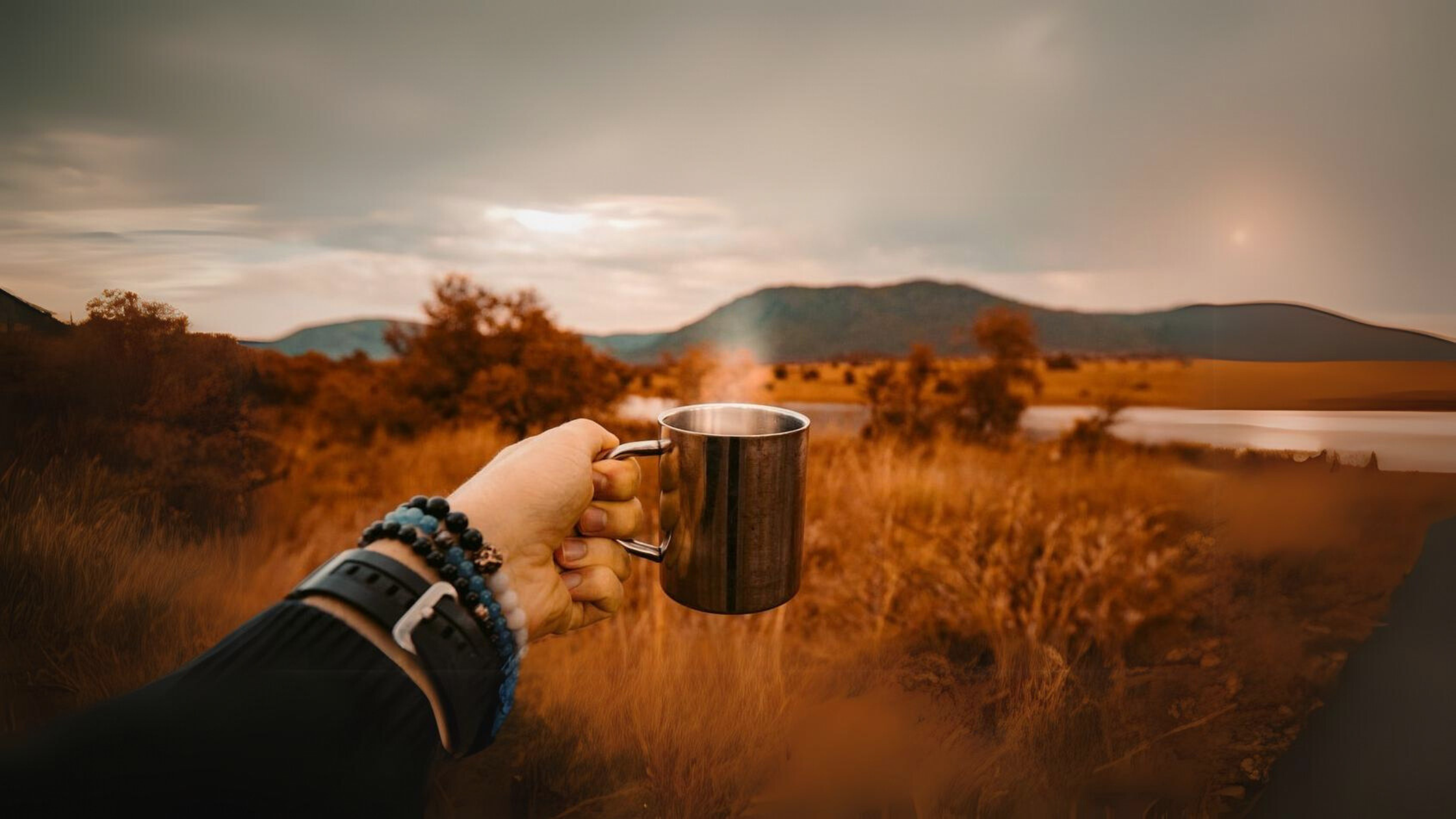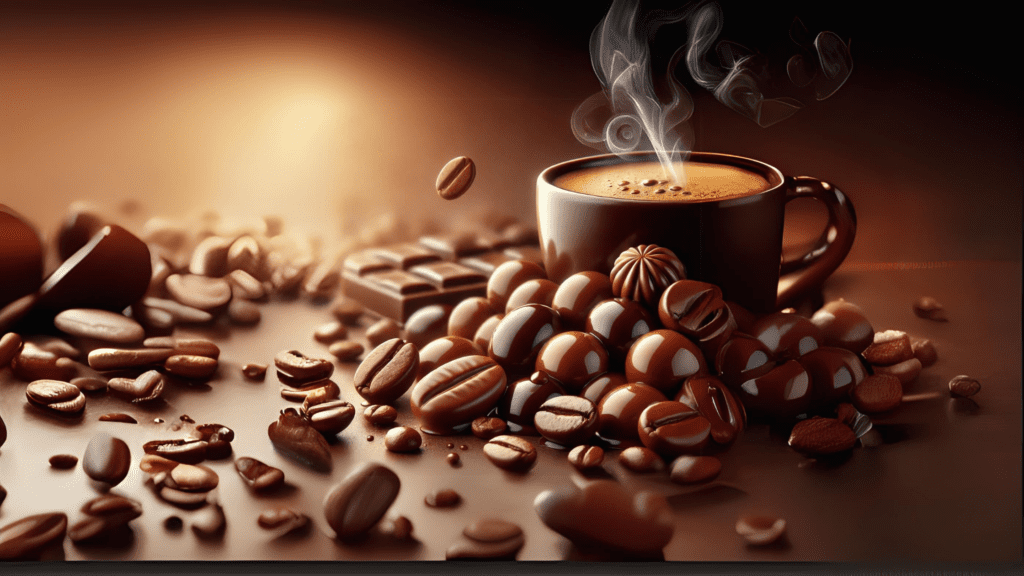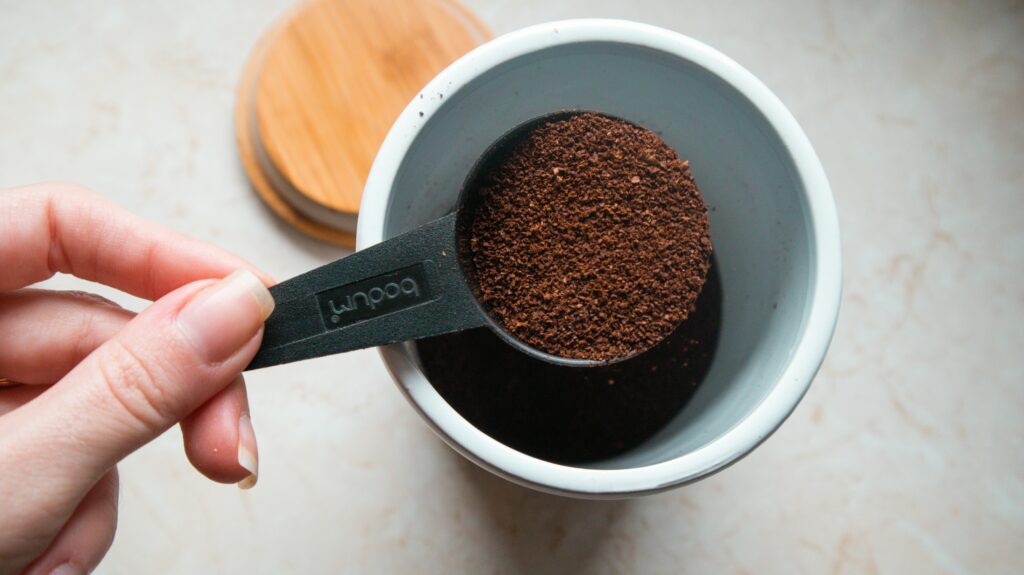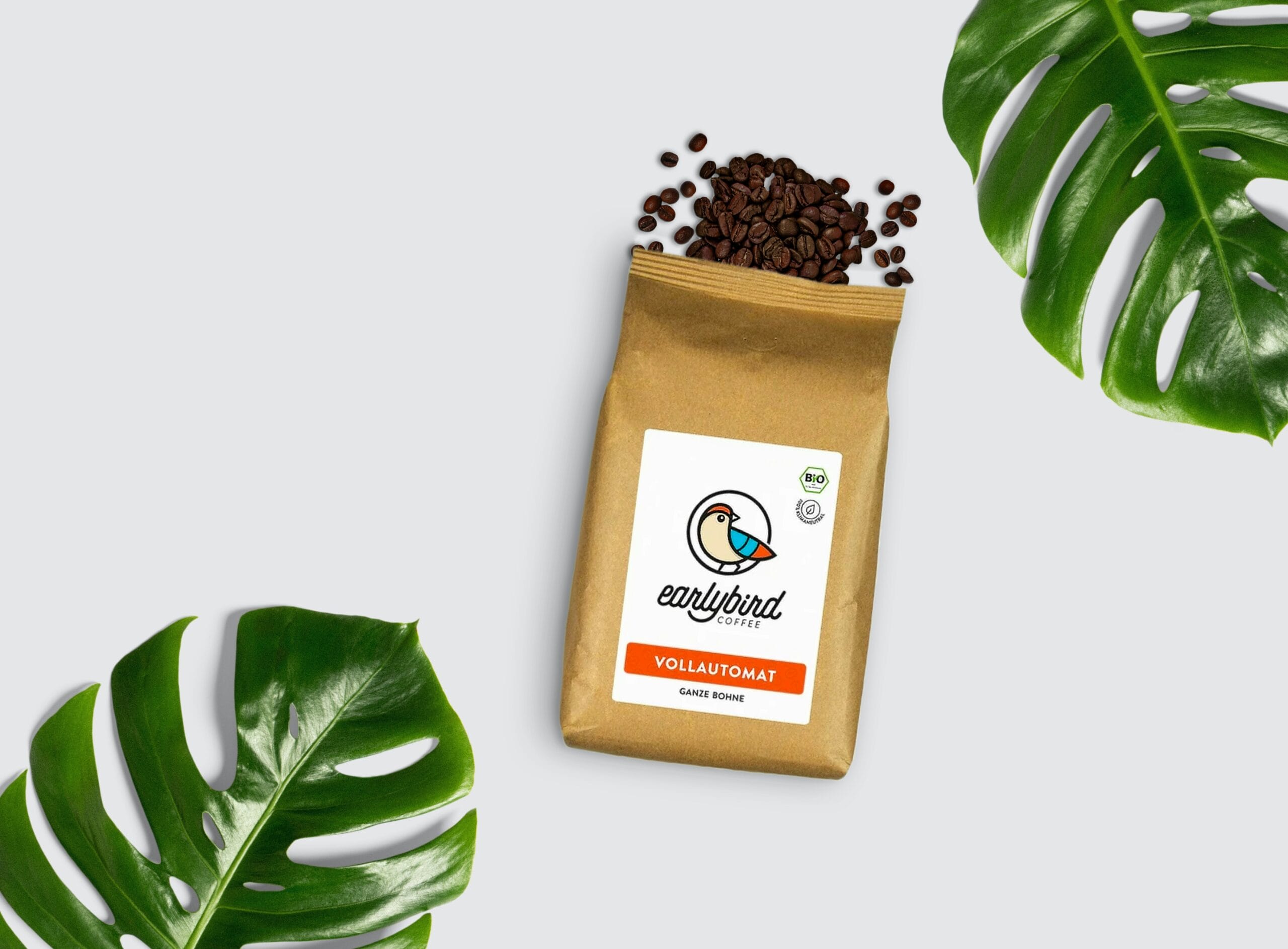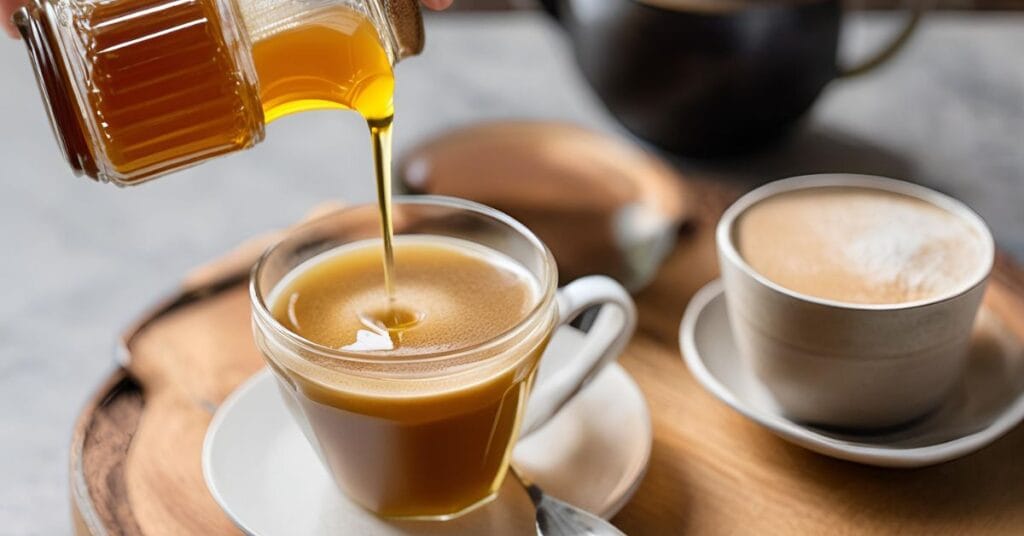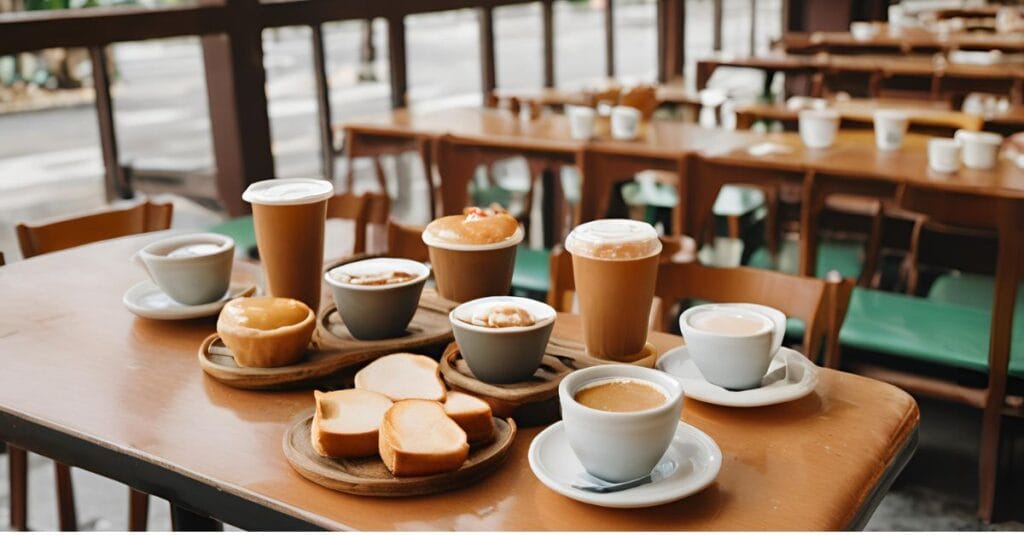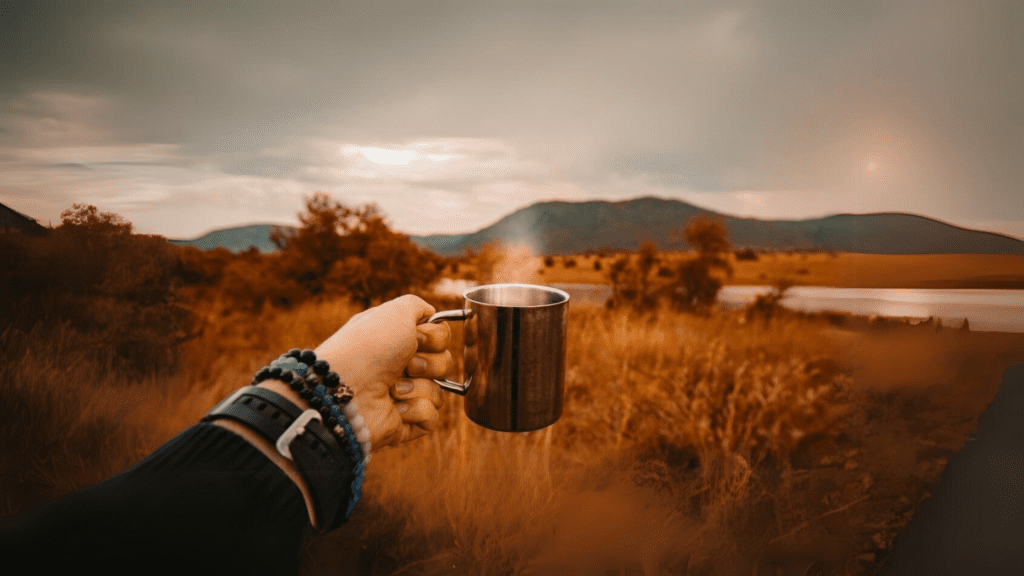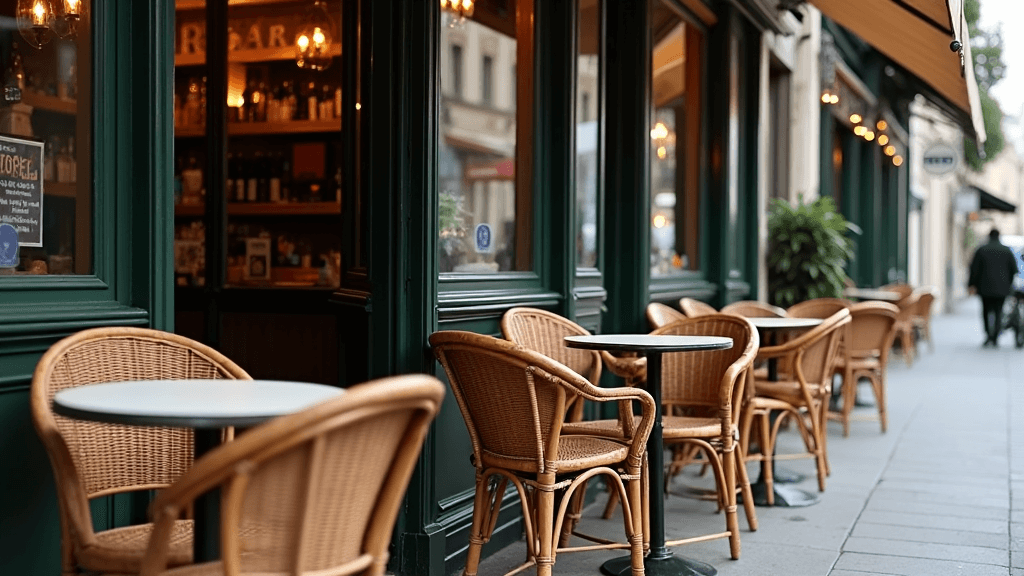Over time, my love for coffee has evolved from a simple morning habit into an understanding of how important coffee is in American coffee culture life. As I’ve traveled across the U.S., I’ve noticed how coffee connects people and has woven itself into the fabric of American coffee culture. Coffee in America is not just a drink—it’s a symbol of community, energy, and even creativity. Today, coffee shops, cafés, and even simple diner brews are vital parts of our everyday routines, representing different aspects of American coffee culture.
Table of Contents
ToggleThe Early History of Coffee in the U.S.: A Revolutionary Drink
The story of coffee in America goes back to the 1600s when it was first introduced by European settlers. At first, tea was the beverage of choice, but after the famous Boston Tea Party in 1773, many Americans began to switch to coffee as an act of rebellion against British rule. Coffee soon became an important part of American coffee culture identity. By the early 1800s, coffee houses began popping up in major cities like New York and Philadelphia, where people gathered to discuss politics, news, and culture.
During the Civil War, coffee played a significant role in the lives of soldiers. It provided energy, comfort, and a brief escape from the harsh realities of war. In fact, coffee became so essential to soldiers that the Union Army provided it in their rations. This era solidified coffee as a staple of the American diet. The tradition of morning coffee for energy started here, eventually spreading to all corners of the nation.
Diner Coffee: The Backbone of American Coffee Culture
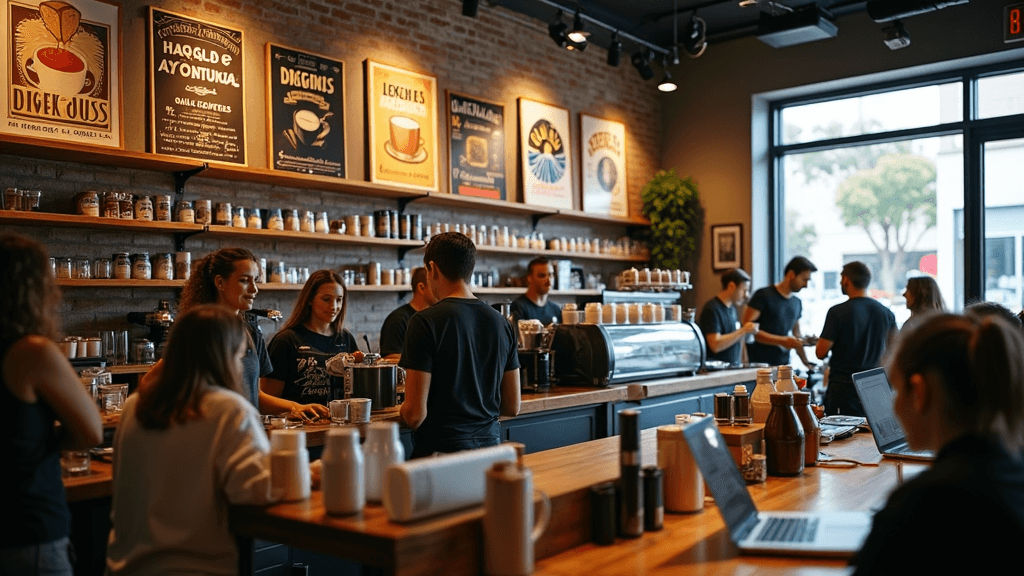
My first memory of coffee takes me to traditional American diners. These iconic spots, found in both small towns and cities, serve simple, strong coffee, often paired with classic American breakfasts like pancakes, eggs, and bacon. Diner coffee represents the starting point of American coffee culture—unpretentious and practical, just like the diners themselves. For many Americans, a day isn’t complete without a hot, steaming cup of diner coffee to jumpstart their morning.
Diner coffee is a significant part of the working-class tradition in America. From truckers stopping at roadside diners to construction workers grabbing a quick cup before heading to a job site, diner coffee has always been about fueling long days. It’s not fancy, and it doesn’t come with flavor notes or single-origin beans, but it’s reliable, comforting, and a vital part of American coffee culture life. According to recent studies, 65% of Americans drink coffee daily, with an average of three cups per person, and much of that consumption happens in diners and at home with simple drip machines.
The appeal of diner coffee lies in its simplicity and accessibility. For decades, coffee in America was more about practicality than luxury. Whether you’re in a diner on Route 66 or a corner café in Manhattan, that black cup of coffee feels familiar, offering a taste of the shared American coffee culture experience.

According to recent studies, 65% of Americans drink coffee daily, with an average of three cups per person, and much of that consumption happens in diners and at home with simple drip machines.
The Evolution of Specialty Coffee in the U.S.: A Journey into Craftsmanship
As I explored cities like Seattle, Portland, and San Francisco, I discovered the exciting world of specialty coffee within American coffee culture. In the last few decades, coffee has transformed from a basic beverage into an artisanal craft, with more focus on the quality of beans, where they come from, and how they are brewed. This is what coffee enthusiasts refer to as the third-wave coffee movement.
Specialty coffee represents a shift from mass-produced coffee to a more refined, thoughtful approach, where every cup tells a story. Coffee drinkers began to care more about the origin of the beans, whether they were ethically sourced, and how they were roasted and brewed. Third-wave coffee has made its mark in urban centers, with cities like Portland and Seattle leading the charge. In these cities, it’s not unusual to find coffee shops that offer single-origin beans, elaborate brewing methods like pour-over and Chemex, and baristas who view coffee making as a true art form.
One standout feature of the American coffee culture’s third-wave coffee movement is its attention to sustainability and ethical sourcing. As consumers have become more conscious of the environmental and social impacts of their choices, coffee companies have responded by offering fair trade and organic coffee options. Specialty coffee shops now focus on transparency, ensuring that the coffee they serve not only tastes great but is also produced in ways that support farmers and protect the environment.
If specialty coffee is the craft beer of the coffee world, its emphasis on quality, flavor, and origin creates an experience much richer than a quick caffeine boost. This shift has given rise to a new kind of coffee consumer—someone who’s willing to pay more for a better cup and who appreciates the story behind the beans. Today, specialty coffee accounts for more than 50% of total U.S. coffee consumption, according to the National Coffee Association.
Starbucks: Revolutionizing Coffee Culture in America
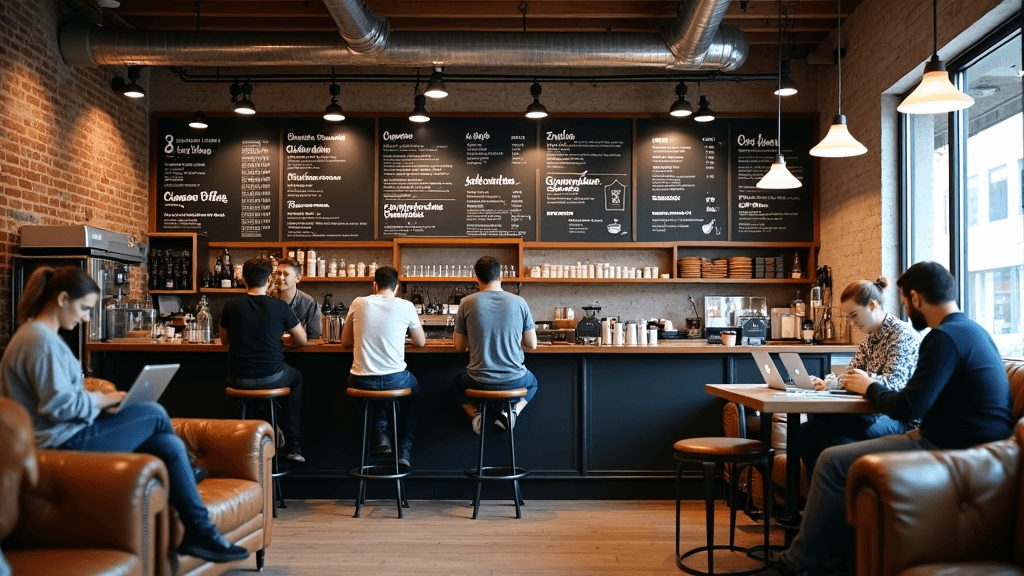
It’s impossible to talk about American coffee culture without mentioning Starbucks. Founded in 1971 in Seattle, Starbucks has been one of the most influential forces in modern coffee history. Before Starbucks, most Americans drank coffee at home or in diners. But Starbucks changed the way we think about coffee, turning it into a social and cultural experience. It introduced Americans to espresso-based drinks like lattes, cappuccinos, and frappuccinos, offering endless customization options. Starbucks didn’t just sell coffee; it sold an experience.
By the 2000s, Starbucks had become a global brand, with over 30,000 stores worldwide. In the U.S. alone, it helped shape a $45.4 billion coffee industry, making coffee more accessible and diverse. It was no longer just about a basic cup of black coffee—it was about choice, convenience, and even luxury. Starbucks transformed the coffee shop from a quick stop to a destination. It became a place where people met, worked, and relaxed.
While some critics argue that Starbucks has commercialized coffee, making it more about branding than taste, there’s no denying its role in creating the modern coffee shop culture we see today. It has made coffee a central part of American daily life, and for many, a Starbucks cup is as much a part of their routine as their phone or car keys.
By the 2000s, Starbucks had become a global brand, with over 30,000 stores worldwide. In the U.S. alone, it helped shape a $45.4 billion coffee industry, making coffee more accessible and diverse.

Regional Coffee Scenes: A Patchwork of Coffee Cultures Across America
One of the most fascinating things about American coffee culture is how it varies across regions. From the fast-paced coffee culture of New York City to the laid-back vibe of Seattle, each part of the country puts its own twist on coffee. While big chains like Starbucks dominate the national scene, many cities have vibrant local coffee cultures with unique traditions and brewing methods.
In New York City, coffee is often associated with speed and efficiency. New Yorkers grab their coffee to-go as they rush to work or meet friends. The city is full of both major chains and small, independent coffee shops, where people gather to chat or work on laptops. In contrast, cities like Portland and Seattle have a more relaxed coffee culture, where coffee is meant to be savored. These cities are home to some of the country’s most influential third-wave coffee shops, and they prioritize sustainability and craftsmanship in their brewing methods.
In Southern cities like Austin and Charleston, local coffee shops often reflect the warmth and hospitality of the region. Many of these cafés focus on community, offering spaces where people can gather for live music, art shows, or just a friendly chat over a cold brew. In Austin, for example, coffee shops are a popular spot for both students and professionals, offering unique coffee drinks infused with local flavors.
On the West Coast, especially in California, coffee culture blends creativity with health-conscious trends. In cities like Los Angeles and San Francisco, you’ll find cafés serving nitro cold brew, CBD-infused lattes, and plant-based milk alternatives like oat and almond milk. These cities are always on the cutting edge of coffee innovation, pushing the boundaries of what coffee can be.
No matter where you go in the U.S., coffee culture reflects the diversity and individuality of the people who live there. Each region offers something unique, making American coffee culture a true melting pot of traditions and innovations.
Coffee Brings People Together: The Social Power of Coffee
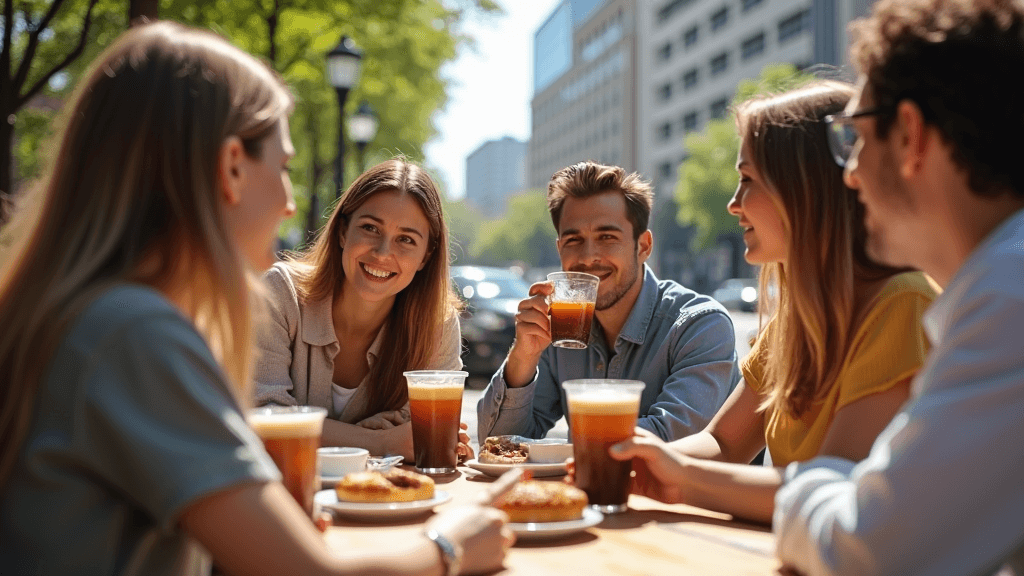
Throughout my travels, I’ve noticed that coffee is more than just a beverage—it’s a social connector. In every city I’ve visited, coffee shops have become central gathering places. From freelancers working on laptops in cafés to friends catching up over cappuccinos, coffee shops serve as modern-day community hubs.
In fact, the National Coffee Association reports that 79% of coffee drinkers say they enjoy drinking coffee with others. This statistic reflects how coffee plays a big role in social interactions. Even during the pandemic, when many coffee shops closed their doors, people still found ways to connect over coffee, whether by supporting their favorite local cafés with take-out orders or hosting virtual coffee meetups with friends and family.
The rise of café culture, in particular, has transformed the role of coffee in American coffee culture life. It’s no longer just a quick cup to-go; it’s an experience meant to be shared. Coffee shops have become a third space—somewhere between home and work—where people can gather, relax, and enjoy a sense of community. Even in the age of smartphones and social media, coffee remains a powerful way to bring people together face-to-face.
Sustainability and the Future of American Coffee Culture
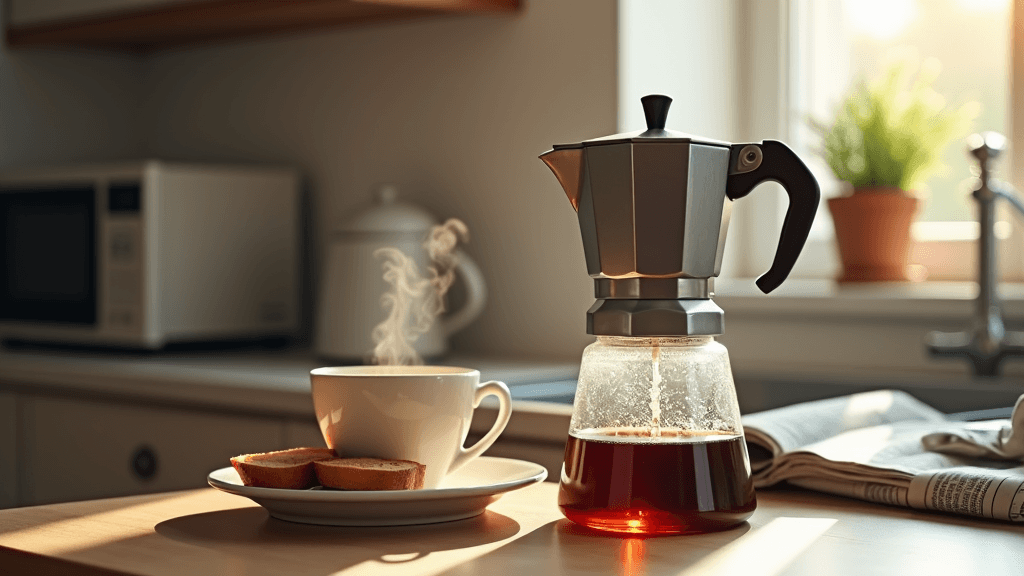
As American coffee culture continues to evolve, one of the most important trends shaping its future is sustainability. In recent years, consumers have become more conscious of the environmental and social impacts of the products they buy, and coffee is no exception. According to a survey by the National Coffee Association, 67% of U.S. coffee drinkers say they consider sustainability when making decisions about their coffee purchases.
This shift toward sustainability is part of a broader movement in the U.S., where consumers are increasingly demanding that the products they buy, including coffee, are produced in ways that respect the environment and support the workers who grow and harvest the beans. Many coffee shops now offer fair trade and organic options, which ensure that farmers are paid fair wages and that the coffee is grown using eco-friendly methods.
Cities like San Francisco, Portland, and Seattle are leading the way in promoting sustainable coffee practices. Many cafés in these cities have switched to compostable cups and packaging, and they source their beans from farms that prioritize environmental sustainability. Additionally, some shops have started to emphasize zero-waste coffee brewing, aiming to reduce the amount of waste produced during the brewing process.
Looking forward, sustainability is likely to play an even bigger role in American coffee culture. As the effects of climate change become more apparent, the coffee industry will need to adapt. Coffee-growing regions, particularly in places like Central and South America, are already feeling the impacts of changing weather patterns, which threaten the future supply of coffee. To address these challenges, the coffee industry is investing in research and development to find more resilient coffee varieties and more sustainable farming practices.
The rise of direct trade is another important development in the sustainability movement. Direct trade bypasses traditional coffee importers and allows coffee roasters to buy directly from farmers. This creates a more transparent supply chain, ensures that farmers receive a higher percentage of the profits, and often results in better quality coffee. Many specialty coffee shops in the U.S. now highlight the specific farms and farmers they work with, giving consumers a more personal connection to their coffee.
Coffee is a language in itself.
Jackie Chan
Cold Brew, Nitro, and the Coffee Innovations of Today
In recent years, American coffee culture has embraced innovation, giving rise to new brewing methods and drink styles. One of the biggest trends in the last decade has been the rise of cold brew coffee. Unlike traditional iced coffee, which is brewed hot and then cooled down, cold brew is made by steeping coffee grounds in cold water for an extended period (usually 12 to 24 hours). The result is a smoother, less acidic drink that has become a staple in coffee shops across the country.
According to research by Mintel, cold brew sales grew by 580% between 2011 and 2016, and the trend shows no signs of slowing down. Cold brew has become so popular that major coffee chains, including Starbucks and Dunkin’, now offer it as a regular menu item. The success of cold brew has also paved the way for more innovations, including nitro coffee, which is cold brew infused with nitrogen gas to give it a creamy texture and a frothy head, similar to a stout beer.
These innovations highlight how American coffee culture is constantly evolving to meet the changing tastes and preferences of consumers. Whether it’s new brewing methods, unique flavor combinations, or health-conscious ingredients, coffee shops are always experimenting to keep their offerings fresh and exciting.
The demand for innovative coffee experiences has also given rise to new trends like CBD-infused lattes, turmeric coffee, and plant-based milk alternatives. These drinks cater to health-conscious consumers who are looking for functional beverages that offer more than just caffeine. In cities like Los Angeles and New York, you’ll find coffee shops offering lattes made with oat milk, almond milk, and even hemp milk, reflecting the growing interest in dairy-free options.
According to research by Mintel, cold brew sales grew by 580% between 2011 and 2016, and the trend shows no signs of slowing down.
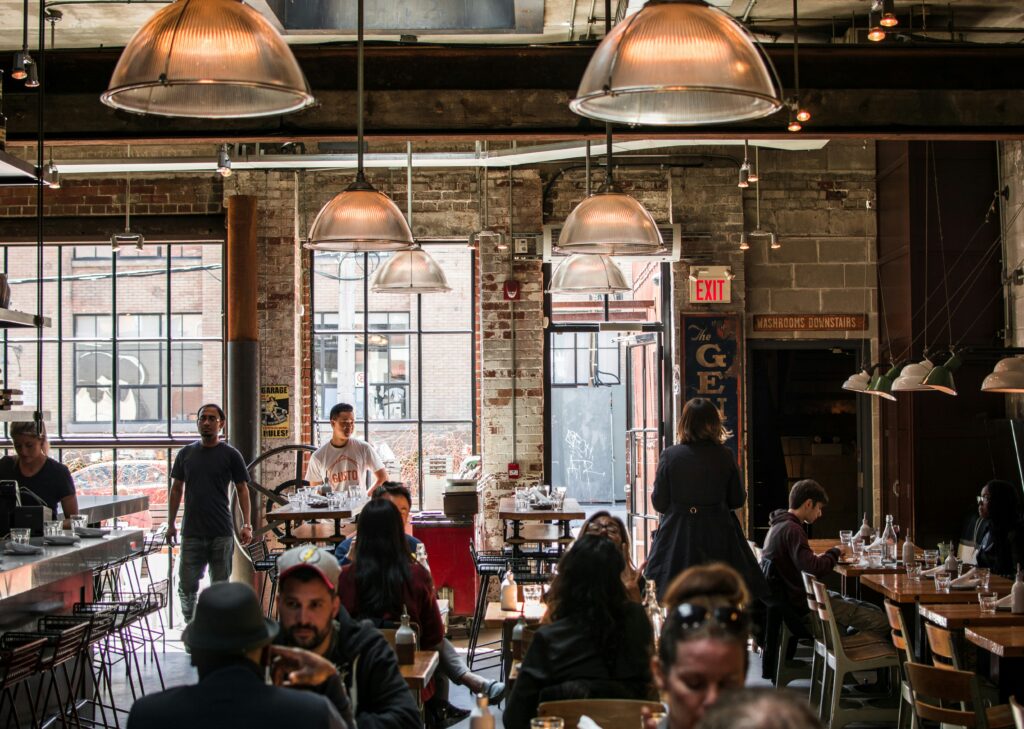
The Importance of Coffee Rituals in Daily Life
For many Americans, coffee is more than just a drink—it’s a ritual that marks the start of the day and provides moments of pause and reflection. The act of brewing and enjoying a cup of coffee has become a cherished part of daily life for millions of people. Whether it’s the first cup of the morning, a midday pick-me-up, or an evening espresso after dinner, coffee rituals offer a sense of comfort and routine.
In fact, a survey by the National Coffee Association found that 64% of American adults drink coffee every day, and for many, this daily habit is an essential part of their lifestyle. Morning coffee rituals, in particular, have become ingrained in American culture. Some people take their time brewing the perfect cup at home using a French press or pour-over, while others swing by their favorite coffee shop on their way to work. In either case, the ritual of drinking coffee provides a moment of relaxation and focus before the hustle and bustle of the day begins.
For others, coffee is a social ritual. Meeting a friend for coffee has become a common way to catch up and bond, whether it’s at a trendy café or a cozy local shop. Coffee dates, work meetings at coffee shops, and study sessions fueled by lattes have all become part of the social fabric of American coffee culture life.
The Future of Coffee in America: Where Do We Go from Here?
As American coffee culture continues to grow and evolve, there are several key trends that are likely to shape its future. One of the most significant is the ongoing focus on sustainability and ethical sourcing. As consumers become more aware of the environmental and social impacts of their coffee choices, the demand for fair trade, organic, and sustainably sourced coffee will continue to rise.
Technology is also expected to play a big role in the future of coffee. From smart coffee machines that allow you to brew your coffee from your smartphone to subscription services that deliver freshly roasted beans to your door, technology is making it easier than ever to enjoy high-quality coffee at home. In cities like San Francisco and New York, some coffee shops are already experimenting with robotic baristas, offering a glimpse into what the future of coffee service could look like.
Another trend to watch is the rise of coffee tourism. As more people become interested in specialty coffee, coffee tours and farm visits are becoming popular travel experiences. Coffee lovers can now visit coffee-growing regions like Hawaii, Costa Rica, and Colombia to learn about the farming and production process, and to taste coffee straight from the source. In the U.S., cities with rich coffee cultures, such as Seattle, Portland, and New York, are attracting visitors who want to explore their local coffee scenes.
Coffee as a Pillar of American Life
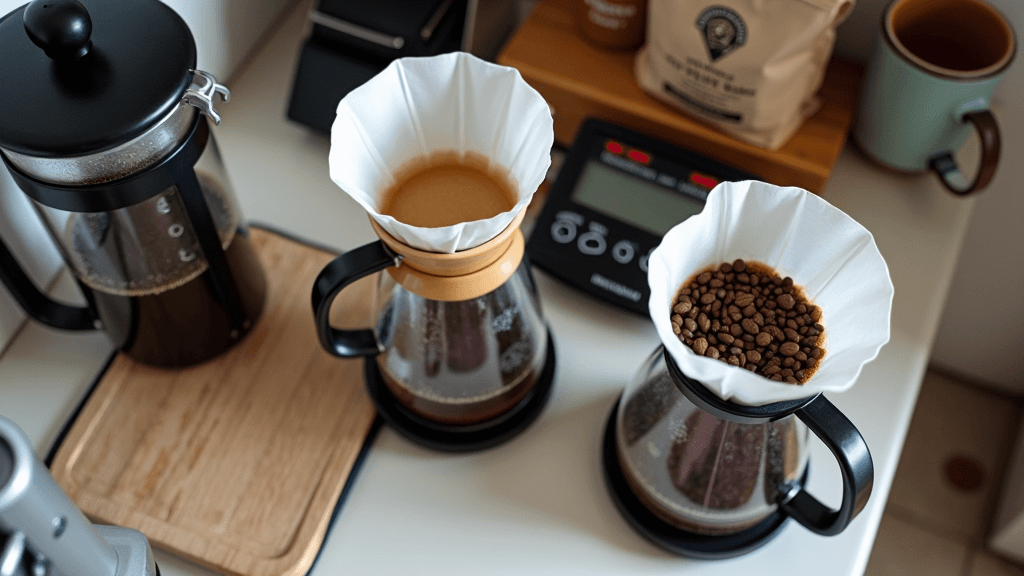
My journey through the diverse landscape of American coffee culture has shown me that coffee is more than just a beverage. From humble beginnings in diners to the sophisticated world of specialty coffee, American coffee culture is rich, varied, and constantly evolving. Coffee has become a way for people to connect, to create, and to reflect. It’s a part of our daily routines, our social lives, and even our personal identities.
As we look to the future, coffee will continue to play a central role in American life. Whether it’s through innovations in brewing, the growth of sustainable coffee practices, or the rise of new coffee trends, the love for coffee is as strong as ever. And as long as there’s coffee, there will be community, creativity, and conversation.
FAQs
1. What is the history behind coffee in America?
Coffee became popular in America after the Boston Tea Party in 1773, when tea was boycotted as a symbol of British rule. Since then, coffee has grown into a major part of American culture, with each wave of coffee (from simple drip coffee to espresso drinks and third-wave specialty coffee) reflecting changes in society.
2. What makes American coffee culture unique?
American coffee culture is diverse. You’ll find everything from traditional drip coffee in diners to carefully brewed pour-overs in specialty cafés. The U.S. has also embraced café culture, where coffee shops double as places to work, socialize, and relax. The focus on sustainability and ethical sourcing is a growing part of this culture as well.
3. How did Starbucks influence coffee culture in America?
Starbucks played a huge role in shaping American coffee culture. By popularizing espresso drinks and offering a wide range of coffee options, Starbucks made coffee shops mainstream and turned them into social hubs. It helped shift the focus from home-brewed coffee to café culture, where coffee became a daily indulgence.
4. What is third-wave coffee?
Third-wave coffee refers to a movement that views coffee as an artisanal product, much like wine or craft beer. It focuses on high-quality beans, ethical sourcing, and innovative brewing methods like pour-over and cold brew. This movement also places a lot of emphasis on sustainability and fair trade practices.
5. How is sustainability shaping the future of American coffee culture?
Sustainability is becoming a big part of American coffee culture. Consumers are asking more questions about where their coffee comes from and how it’s grown. Many coffee shops now prioritize eco-friendly practices, such as using compostable cups and buying from farms that pay fair wages to workers. This trend is expected to continue growing in the future.
References
- what is the ph value of coffee?
- Coffee Culture UK
- Canadian Coffee Culture
- You Won’t Believe What Instant Organic Coffee Can Do for You!
- What coffee is best for me?
- Coffee-to-Water Ratio Calculator
- French Coffee Culture
Final Thoughts: French Coffee Culture
Experiencing American coffee culture is about more than just the coffee; it’s about the ambiance, the history, and the American lifestyle that I came to adore. Whether you’re sitting at a café in bustling America or relaxing in a quiet town in Provence, coffee is an essential part of enjoying the American way of life. So, next time you visit, immerse yourself fully—sit, sip, and soak in the rich tapestry of American coffee culture.
Disclaimer
This article is based on my personal journey through the France and my observations of its coffee culture. While I aimed to provide accurate and up-to-date information, coffee culture is always evolving, and experiences may vary.
We Want Your Thoughts!
Have you experienced American Coffee Culture? Do you have a favorite coffee spot or a particular drink that you love? Share your thoughts in the comments below! Your insights help us better understand and celebrate the wonderful world of British coffee.

